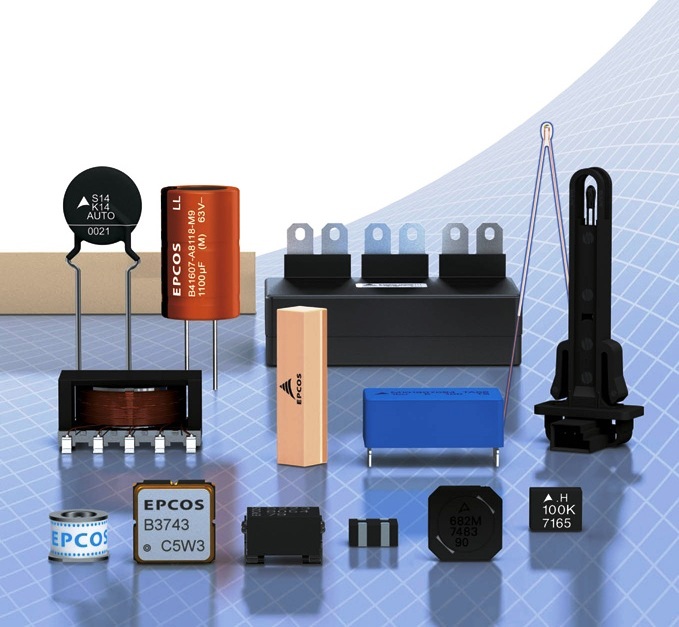Description of high-frequency tube welding process.
When performing a high-frequency tube welding, pre-formed tube blank is fed via guiding rollers to a welding site. Welding is performed by inductive heating of metal with high-frequency currents. Heated tube section is pressed by squeeze rollers.
Most important part of welding waveguide are impeder cores for a high-frequency welding which are providing a concentration of magnetic flow at heating section.
Characteristics of Impeder core’s magnetic material, its strength (life time without replacements) exert significant influence on efficiency, speed and stability of welding process and also on seam quality of welded tubes. Electromagnetic parameters of welding core’s materials significantly affect a consumption of electric energy.

Cores are placed into protective casing cooled by water or by cooling emulsion to prevent an overheating and to increase a life time. For this purpose, design of cores foresees a presence of special openings and slots in order to increase an effectiveness of heat removal.
Depending on selected cooling scheme, assembly impeders intended for tube welding are issued in assembly with through flow cooling system and with return flow cooling system.
To increase efficiency of high-frequency tube welding, proper choice and correct calculation of assembly impeder to be used is of primary importance. Main criteria are the following rules:
Outer diameter of impeder should be maximally large with respect to inner diameter of welded tube. In practice, to prevent mechanical damages of impeder’s casing, usually this value is restricted to a value 0.75 - 0.8 of inner diameter of welded tube Due to an absence of necessary consumable materials, in Russia and in Ukraine a required diameter is often gathered by composing a bundle of lesser diameter cores made of general purpose ferrite materials М600НН, М2500НМС1 or 900НМСВ what decreases an effectiveness of welding process.
Welding quality is seriously influenced by geometric position of impeder with respect to welding squeeze rollers and also a size and a configuration of ferrite used in it.
To increase a efficiency of high-frequency welding, a size of ferrite core that is used within assembly impeder should be as large as possible but its configuration and its dimensions intended to increase a life time should not hinder an effective cooling by emulsion. It is very important to organize an effective circulation of cooling fluid and its filtration to increase a life time of assembly impeder.
ZRS-configured ferrites are usually used for impeders with through flow cooling, and for return flow cooling - ZRSH-configured ferrites.
As a rule, assembly impeder should protrude approximately 16 mm beyond axis line of squeeze rollers. TDK’s ferrite core is installed usually at a distance of 12 – 13 mm from edge of protective casing in such position where an edge of ferrite is approximately 3 mm apart of axis line of squeeze rollers.
Optimum length of impeder is 3.5 – 4 times more than a length of copper inductance coils.
Distance between center line of squeeze welding rollers and copper inductance coil should be selected depending on parameters of tube to be produced. In practice, this length is kept as minimum as possible and is selected not more than outer diameter of welded tube .
Very important factor permitting to increase operational efficiency and life time of assembly impeder is a correct and optimal choice of material for protective casing. Main criterias applied to a choice of material are: capability to work at high temperatures, high mechanical stability and a quality of grinding external surface that excludes a premature burnout of casing material and any sticking of drops of melted metal on it. Important criterion for a choice of coating material is also a price/quality ratio. In most cases Fiberglass WT912 (green line) is selected as material an inexpensive standard. In special cases, to increase an effectiveness of welding a coating material is used that contains a filing agent consisting of Ferroglass ferrite powder or of MGC magnetic glass issued by TDK. As practice shows, a use of such materials is effective only for small tube diameters (up to 15 mm). Negative factor is that a price of coating material significantly increases (3 – 4 times).




